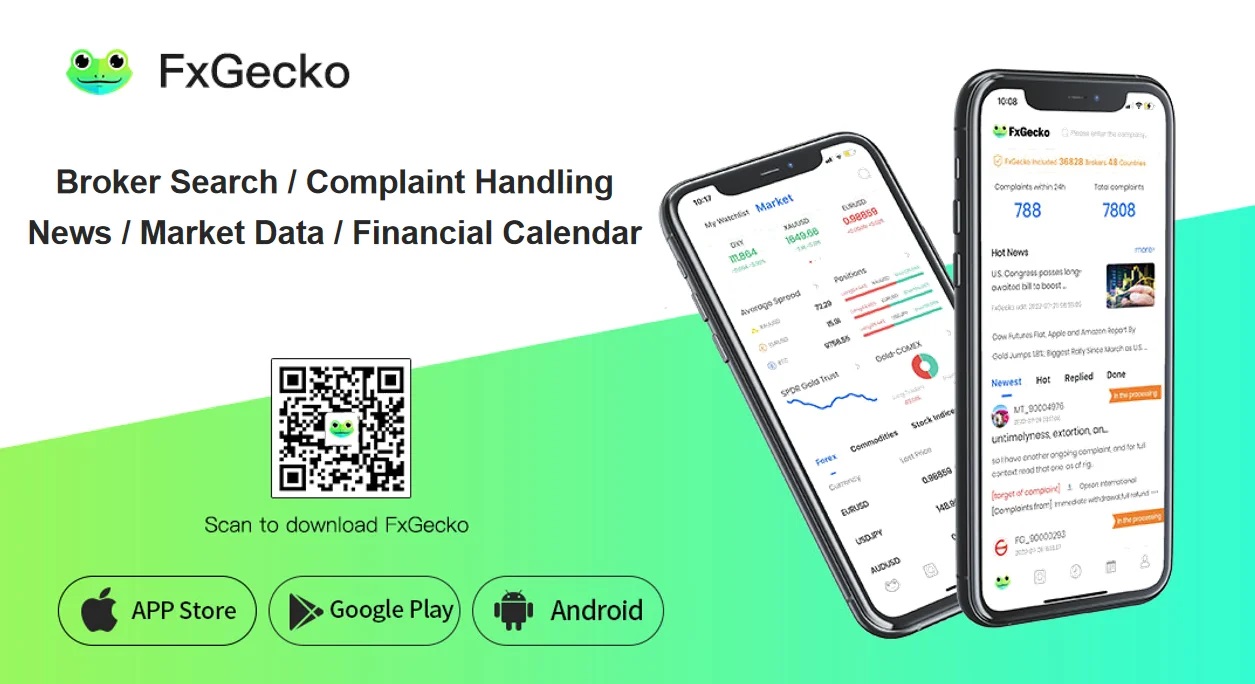Accurate data helps to prevent data transformation and filtration errors that may lead to an organization having poor data records. That can affect decision-making in business, forecasting and negatively impact business analysis. But using Ethyca data mapping techniques can help to enhance data privacy in any organization.
In this article, we will review some of the data mapping aspects that every organization should. Knowing crucial information about data map in your organization can help in the following ways:
- Ensure compliance with the regulatory laws
- Build trust and loyalty to the brand
- Enhance company reputation.
What is a data map?
A data map is the inventory of personal data in the business or organization system. An accurate data map ensures that organizations adhere to data privacy rules. Regulatory bodies require that an organization becomes accountable for the way they handle their clients’ data. Data map also refers to personally identifiable information, data flow map, or data inventory. In drawing a data map, one needs to identify the data source and match it with the target database.
Data mapping techniques
Data map accomplishes many tasks in data integration and transformation depending on the data management need of the user and the data map software. During the process, pre-integration mapping, data cleansing, and data conversion are possible. Most organizations opt for applicable data mapping techniques. They are:
- Manual data mapping
- Schema mapping
- Automated data mapping
Most organizations will prefer automated data mapping because it is convenient, efficient, and uses a simple interface data map tool. There are specific tools that may help in streamlining your business. The data mapping tools help to match the data source with the destination.
Depending on the host data mapping tools can be classified as follows:
- Premises-based data map tools
Companies that wish to eliminate hand-coding will opt for such data mapping tools as the company server hosts the tools. Such data map tools are applicable for repetitive tasks in an organization to make work easier.
- Open-source data map tools
For small companies and businesses that do not have servers at their premises, this is an ideal option. It is simple to use but applies to organizations with relatively low data volumes.
- Cloud-based data map tools
The tools leverage cloud technology to make it possible for companies and businesses to perform data tasks with ease. It is flexible and accessible from any location, making it a convenient data map software tool for businesses globally.
The data map document is technical, and getting it right will ensure that customer data privacy is not subject to breach. Selecting the right data map software requires research, but considering the following factors will make it easy to pick the best.
Features of an automated data map tool
- Compatible with diverse systems for data source and destination matching. One should opt for a data map tool compatible with all forms of structured or unstructured data, various file formats, and text files.
- Easy to use interface; one that offers a code-free option to create a data map is ideal. Some tools that are compatible with inbuilt transformations are the best.
- Scheduling and automating data mapping tasks capability; with a time-based mapping schedule function that detects events and maps data correctly is advantageous to organizations with high volumes of data management needs.
- Data conversion and smart-match option; such a feature will make it possible for correct data mapping in case of field name discrepancies. It also helps to mitigate naming conflicts as it gives room to synonyms.
Having the best data management solution ensures that the data users and software developers reap the benefits of using such tools from the data extraction point to its warehousing.








Add Comment